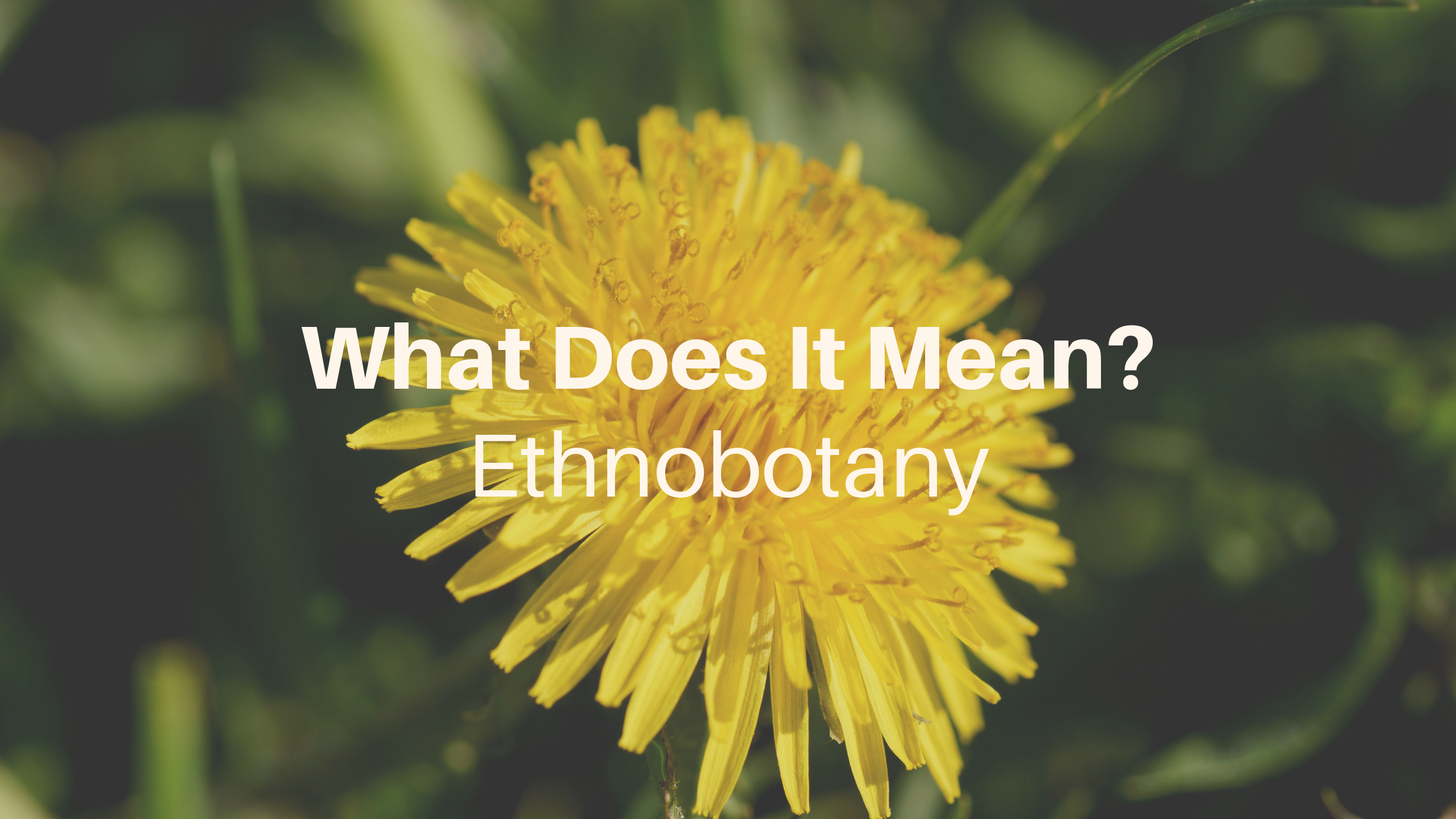There’s a lot to be mad about when you enter the environmental/food justice world. The deeper you trace the networks of people, animals, and plants (among other things) that are treated as basic resources along the production lines of our food system, the more its fundamental intersectional nature gets exposed. What’s bad for the planet usually includes practices that are bad for our communities, and is often followed by food and other outputs that are bad for our bodies. I think an important part of talking about intersectionality in our food system is to celebrate it as a strength in examples of healthy solutions to environmental degradation and inequity. One such solution? Ethnobotany.
Ethnobotany has been recently heralded by foragers, urban farmers, and sustainable agriculturalists, although it’s basically a fancy term for practices upheld by Indigenous farmers for centuries. Simply put, ethnobotany combines the ways that humans have historically used plants with the study of the plant itself. More officially, it refers to the practice of studying, growing, and utilizing regional plants in the context of local/indigenous people and their cultures. So it studies plants in about “the most local” way it can get to its place, studying local history and practices while simultaneously revitalizing regional agriculture.
Beyond its implications for “reconnecting” to local flora and fauna, ethnobotany is an important tool for revitalizing other food justice initiatives. In upstate New York, we are all living on and eating off of Haudenosaunee lands. In her work, ethnobotanist Jessica Dolan explains that learning, recording, and practicing indigenous uses of local flora promotes food security and food sovereignty, and strengthens the ability of a community to adapt and be resilient to climate change as it threatens the survival of local species. Ethnobotany has also become an important element of restorative environmental justice and cultural preservation.
But you don’t have to be an anthropologist or a biologist in order to practice ethnobotany. Simply by looking in your backyard you may be able to find plants traditionally used for food, medicine, or tools, which are now taken as common weeds. Take our school flower, the dandelion, for example. Dandelions have been historically used as a classic edible flower. Its leaves, roots, and even pedals can also be used as tea for digestive aid and gastrointestinal health, sore throats, or for calming effect. When steamed or dampened, the dandelion is also used for external compresses. So come warmer weather, you may find yourself surrounded by the cure to your finals stress or spring fever in the form of a small, golden flower.
Go green with Dining Team Green! Want more information on sustainability in dining? Follow us on facebook, instagram, and twitter @ursustainable. We’d love to hear from you! Contact us at urdiningteamgreen@gmail.com.
Guest Post written by Sophia McRae, Dining Team Green Sustainability Coordinator, Class of 2019

